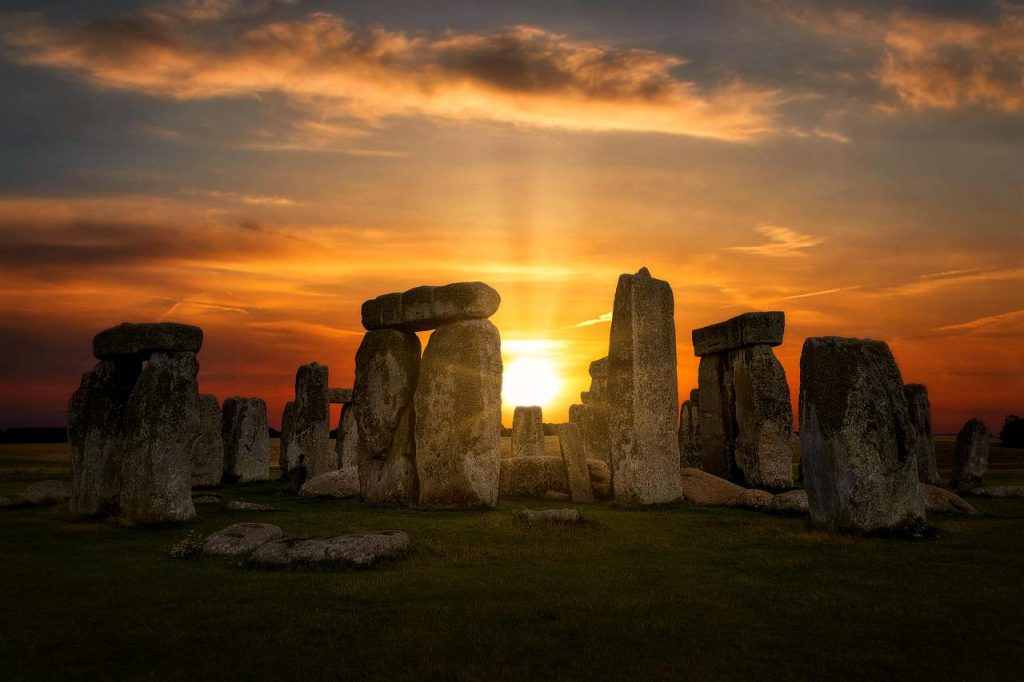By Student Champion – Victoria Cornelio
As a self-identified nerd and history enthusiast, I have always found natural phenomena interesting due to how they relate to historical events. The summer solstice is related to a lot of celebrations and historical meaning to different cultures, which I personally find intriguing and worthy of knowing about.
What is the Summer Solstice?
The summer solstice is known as the longest day of the year, meaning it is the day with the most hours of sunlight – hopefully, this will mean a lovely sunny day for Bristol this year. This is also the official day of transition from spring to summer. The word is made up of sōl which means “sun,” and sistere which means “to stand still.” We get the most sunlight this day due to the positioning of the Earth in relation to the sun, as the Earth’s geographical pole inclines the most towards the Sun.
Ancient Civilisations: The solstice has been important to many ancient civilisations around the world.
Northern Europe
In Northern Europe, the summer solstice is known as the midsummer, or by Wiccans and other Neopagan groups as Litha, after the Sun God. Civilisations of northern Europe welcomed the solstice with bonfires, believing this would boost the Sun’s energy and guarantee a good harvest. Bonfires were also believed to be magical, to help banish demons and evil spirits. Some Christian churches commemorated this day as St John’s Day, celebrating the birth of John the Baptist.
Ancient Greece and Rome
Ancient Greeks used the summer solstice as the start of the New Year and the start of the countdown to the opening of the Olympic games. They also held a festival to celebrate Cronus, the God of Agriculture, where social codes changed, and slaves could participate as equals in society alongside their masters. Ancient Romans held a religious festival in honour of Vesta, goddess of the hearth, where married women could enter the temple and leave offerings in exchange for blessings for their families.
Other Ancient Civilisations
It is believed Neolithic humans may have used this day to figure out when to plant and harvest crops, and Ancient Egyptians associated it with the rise of the Nile River. Also, from the view of the Sphinx, the sun sets right between the Great Pyramids and Egypt’s Gia Plateau, which was seen as a divine sign from the God of Sun, Ra. In Ancient China, the solstice celebrated the Yin, the feminine force associated with the Earth. Native Americans performed rituals, some of which are still around today, such as the ceremonial sun dance around a tree.
Celebrations in the UK
The summer solstice is celebrated by many pagans across the world, including in Britain. Paganism used to be a term associated with all who practised a religion other than Christianity, Judaism, or Islam during the end of the Roman Empire. Now, it is used to refer to those who seek to incorporate beliefs or practices from outside main religions. Gatherings at Stonehenge on this day have been a tradition for many Britons for the last 4,000 years. Stonehenge used to be an important religious site, and on the summer solstice, the Central Altar at Stonehenge is parallel the Heel Stone (the entrance to the stone circle), and the Slaughter Stone (named after the red water that stains the stone) which align with the rising Sun in the Northeast. In the present, thousands of people, including new-age druids and pagans gather to celebrate in this historic place, where formal spiritual ceremonies take place while tourists and non-spiritual visitors can enjoy food trucks, boombox music and dancing. This celebration starts at sunrise, as the first rays of dawn illuminate the centre of the circle.

There are also celebrations in Avebury, where musicians and dances put on a show around sunset and partying continues until dawn. There is a complex of Neolithic sites (the West Kennet Long Barrow, and the mysterious, manmade Sillbury Hill) that make the watching of the sunrise more spiritually charged. In Wales, Bryn Cellin Ddu in the island of Anglesey, features peaceful celebration and meditating on the spiritual significance of the changing of the seasons. In Scotland, the islands of Shetland host a colourful Midsummer Carnival where the sun barely sets at all throughout the day.
If you decide to experience any summer solstice celebrations, please remember to always be respectful of the spiritual meaning this event has to those who treasure it.

